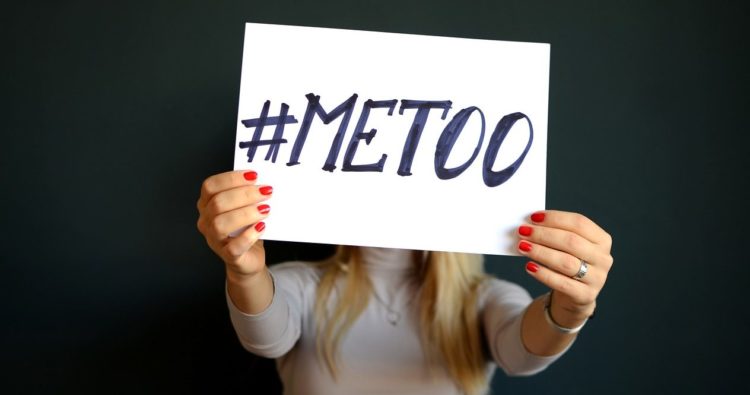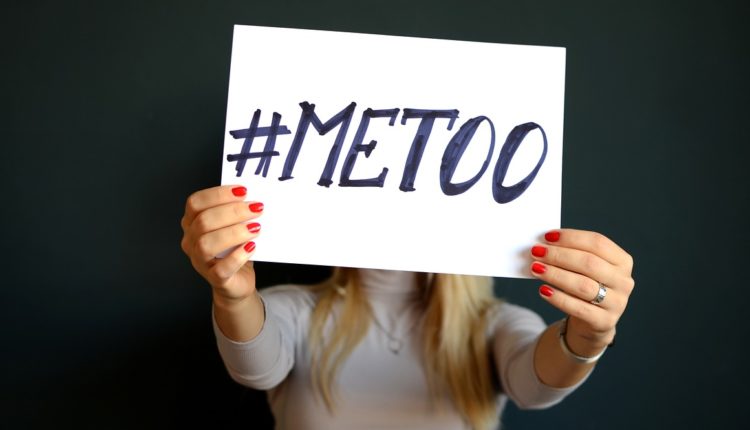The science of sexual harassment – and how employers can minimise the risks
With #everydaysexism and #metoo high on the public agenda Wirral transformational coach, Alison Blackler of 2minds, on how we define and deal with sexual harassment

Both the #everydaysexism and #metoo social media campaigns have put a global spotlight on sexual harassment in everyday life and in the workplace.
Explosive allegations against a number of high-profile people, including movie mogul Harvey Weinstein and a number of other public figures, are creating news headlines on a daily basis.
But this isn’t just an issue of the rich and powerful. Sexual harassment is a problem in workplaces across the world. So why does it occur and what can employers do to minimise the risk of incidents that can cause trauma and distress to individuals and reputational damage to an organisation?
Social structure
Establishing a social structure within the workplace is an imperative component in achieving a productive, hardworking and happy organisation. It extends far beyond going for a drink or bite to eat after work with colleagues, to include how colleagues and even management interact with each other daily.
When a business has a social working environment, there can be a cohesive and unified community, which is built upon a mutual sense of respect, trust and support.
Within a business context, a social community provides a chance for colleagues to share their issues and concerns with their fellow co-workers, whilst also celebrating positive aspects within the organisation.
Feeling connected
The human brain is a social organ. Its physiological and neurological reactions are directly and profoundly shaped by social interaction. It is natural to want to feel connected, like we ‘belong to the group’ and that we are safe.
Research tells us that most processes operating in the background when your brain is at rest are involved in thinking about other people and yourself.
This can present enormous challenges for managers. Although a job is often regarded as a purely economic transaction, in which people exchange their labour for financial compensation, the brain experiences the workplace first and foremost as a social system.
Productive change
Leaders who understand this dynamic can more effectively engage their employees’ best talents, support collaborative teams, and create an environment that fosters productive change. Indeed, the ability to intentionally address the social brain in the service of optimal performance will be a distinguishing leadership capability in the years ahead.
When we know how challenging it can be to have engaged employees in general, the issue around fairness and people overstepping the mark is massive. Employees can very quickly feel like others are being treated differently about absolutely anything, or indeed act inappropriately.

There can be drama about who’s turn it is to buy the milk so imagine how challenging it is when there are inequality issues between men and women which is then translated into sexual harassment.
Difficult situations
Experiencing sexual harassment is one of the most difficult situations a person can face in the workplace. No workplace is immune to sexual harassment and a lack of reported cases does not necessarily mean that they have not occurred.
Recent high-profile testimonies and sharing of experiences on social media have highlighted sexual harassment in a range of workplaces, and the real barriers that many experience in reporting it.
The law makes it clear that sexual harassment is not acceptable. While there is no strict definition as to what constitutes sexual harassment, the Sex Discrimination Act gives you the legal right not to be sexually harassed at work and it is also unlawful to treat women (or men) less favourably because of their sex.
What is sexual harassment?
Sexual harassment is unwelcome behaviour of a sexual nature. It’s not about fun or friendship but about the abuse of power. It is also worth bearing in mind that many people respond to situations in different ways.
What may seem like an innocent action or remark to one person may be deemed offensive by another and the law sides with the ‘victim’ not the ‘perpetrator’. Since there is no single definition, the test is how the recipient feels about the behaviour.
While men can also be subject to sexual harassment, most cases have been by women against men. It is estimated that 50% of women in employment are, or have been, subject to sexual harassment of some form or other.

Employers are responsible for ensuring that employees do not face harassment in their workplace. They have a legal obligation to take reasonable steps to protect their employees and will be legally liable if they fail to do so.
It also makes good business sense. If you allow sexual harassment to flourish in your workplace, you will pay a high price in poor employee morale, low productivity, and possible legal action.
Strategies for Prevention
There are a few steps that you can take to reduce the risk of sexual harassment occurring in your workplace. Although you may not be able to take all the steps listed below, you should take as many of them as you can:
- Adopt a clear sexual harassment policy
- Train employees
- Train managers and supervisors
- Monitor your workplace. Get out among your employees periodically. Talk to them about the work environment. Ask for their input. Look around the workplace itself. Do you see any evidence of inappropriate material? Talk to your supervisors and managers about what is going on. Keep the lines of communication open.
- Take all complaints seriously. If someone complains about sexual harassment, act immediately to investigate the complaint. If the complaint turns out to be valid, your response should be swift and effective.
Employers should not discount the importance of developing a social culture at work. Not only is it beneficial to your employees in terms of health, wellbeing and happiness at work, but employers will reap the rewards of having a more productive and dedicated workforce.
2minds is on Facebook – and on Twitter… @AlisonBlackler

